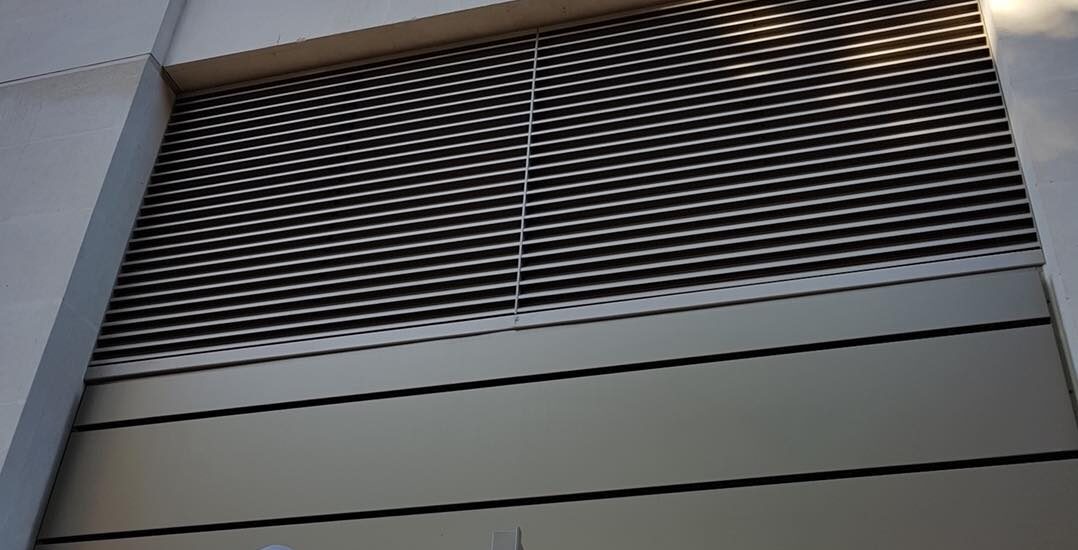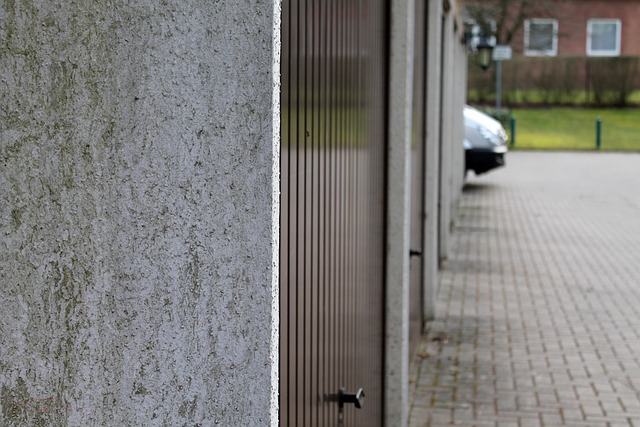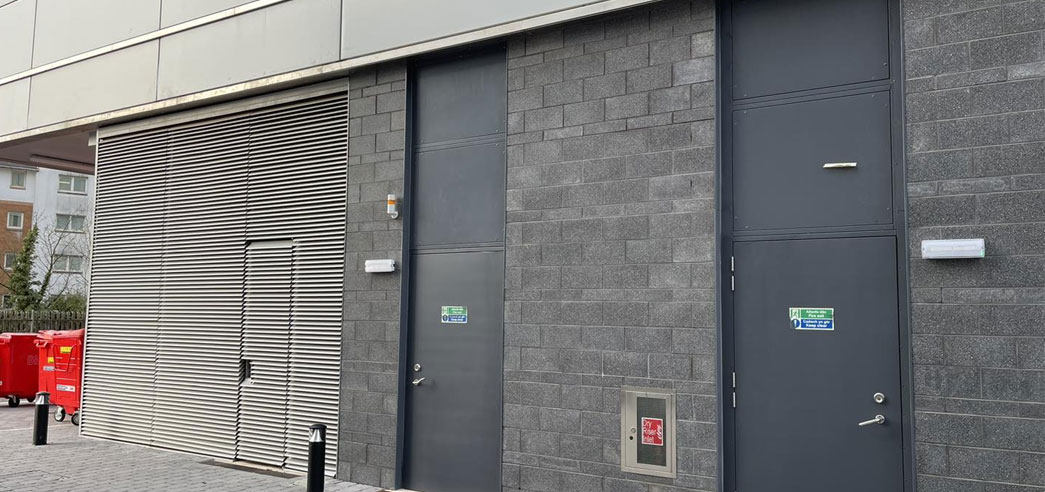When it comes to safeguarding your home, enhancing privacy, and improving energy efficiency, roller shutters emerge as a smart and stylish solution. These modern window coverings are more than just aesthetic additions; they bring multiple practical benefits that make them a valuable investment for homeowners.
Whether you’re renovating an old property or building a new one, understanding the wide-ranging advantages of roller shutters can help you make an informed decision. In this blog, we’ll explore the top benefits of roller shutters for your home, covering everything from security and privacy to energy savings and noise reduction.
1. Enhanced Home Security
One of the most compelling reasons homeowners install roller shutters is the added layer of security they provide. Traditional windows are often vulnerable to break-ins, but roller shutters act as a robust barrier between your home and potential intruders.
Made from durable materials like aluminum or steel, roller shutters are tough to penetrate. When fully closed, they make it difficult for thieves to smash glass, pry open windows, or even see inside your home. This visible deterrent alone can make burglars think twice before targeting your property.
Key point: Some shutters come with locking systems that can be manually or automatically controlled, giving you peace of mind whether you’re home or away.
2. Complete Privacy on Demand
Roller shutters offer excellent control over privacy, making them a perfect solution for urban homes or properties close to busy streets. With the simple push of a button or manual pull, you can completely block outside views into your home.
This is especially useful for rooms like bedrooms, bathrooms, or living areas where privacy is crucial. Unlike curtains or blinds that may leave gaps or shift with wind, roller shutters create a full seal, ensuring no prying eyes can peer inside.
3. Superior Light Control
Roller shutters allow you to adjust the amount of light entering your home. Depending on the model, you can either fully block sunlight or let in a gentle glow by partially opening them.
This is particularly beneficial during summer months when direct sunlight can make interiors uncomfortably hot. By reducing sun exposure, roller shutters also help protect furniture, flooring, and artwork from fading due to UV rays.
4. Improved Energy Efficiency
Installing roller shutters can significantly impact your home’s energy consumption. In colder months, they act as an insulating layer, trapping heat inside your home. Conversely, during the summer, they reflect sunlight and reduce heat absorption, keeping interiors cooler.
By stabilizing indoor temperatures, roller shutters reduce the need for air conditioning and heating, leading to lower energy bills and a more sustainable household.
5. Noise Reduction
Living near a busy road, railway, or industrial area can expose you to constant noise. Roller shutters can help create a quieter indoor environment by reducing the amount of external sound that enters your home.
High-quality roller shutters can decrease noise levels by up to 50%, making them ideal for bedrooms, nurseries, or home offices where peace and concentration are essential.
6. Protection from Weather Elements
Mother Nature can be unpredictable, and harsh weather conditions can take a toll on your home. Roller shutters act as a shield against:
- Strong winds
- Heavy rain or hail
- Flying debris during storms
- Excessive sunlight or heat
By providing this extra layer of protection, roller shutters help extend the lifespan of your windows and prevent damage that could lead to costly repairs.
7. Increased Property Value
Adding roller shutters is a home improvement that not only offers practical advantages but also enhances property value. Potential buyers are often attracted to homes with built-in features that provide comfort, security, and energy efficiency.
Roller shutters give your home a more modern, polished look and signal that it’s well-maintained and thoughtfully designed, which can influence selling price and buyer interest.
8. Automation and Smart Control
Modern roller shutters can be integrated with smart home systems, offering remote control via smartphone apps, voice commands, or automation schedules. This feature is particularly useful for:
- Opening shutters to wake up naturally with sunlight
- Closing them remotely while on vacation
- Automating shutter control based on weather conditions
Smart shutters not only offer convenience but also enhance the overall security of your home when you’re not around.
9. Fire Protection
Some roller shutters are designed with fire-resistant materials, offering protection in the event of a nearby fire. While not a replacement for fire alarms or fire safety plans, fire-rated shutters can slow the spread of flames and give occupants more time to evacuate.
10. Easy Maintenance
Roller shutters are relatively low maintenance. Most can be cleaned with water and mild detergent, and periodic checks ensure the motor (if electric) and the tracks function smoothly. Durable materials like aluminum are resistant to rust, fading, and warping, which makes them long-lasting even in coastal or humid environments.
Final Thoughts
From privacy and protection to energy efficiency and curb appeal, roller shutters are a multifunctional home upgrade that delivers value across the board. Whether you’re aiming to create a more secure living space, enjoy peaceful nights, or cut down on utility costs, roller shutters prove to be a practical and reliable choice.
With various styles, colors, and operational systems to choose from, they can be tailored to match any home aesthetic. For homeowners looking for a mix of functionality and style, investing in roller shutters is a step toward a smarter, safer, and more comfortable home.





